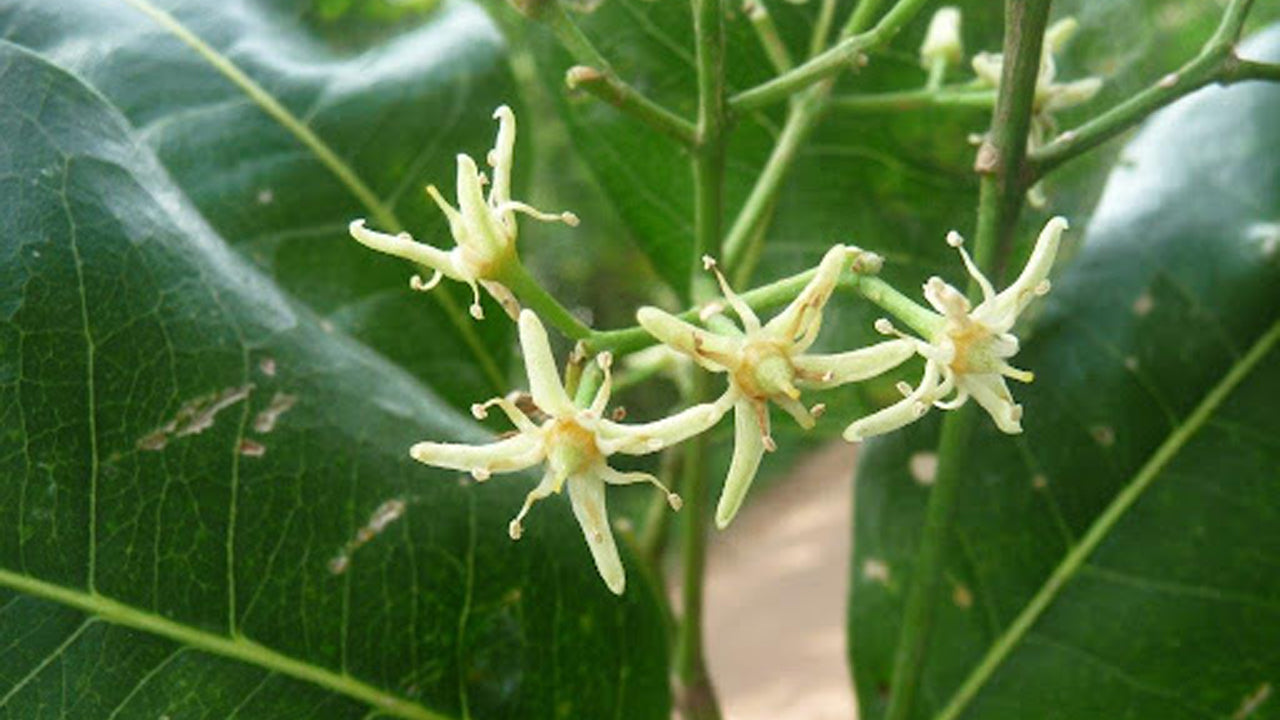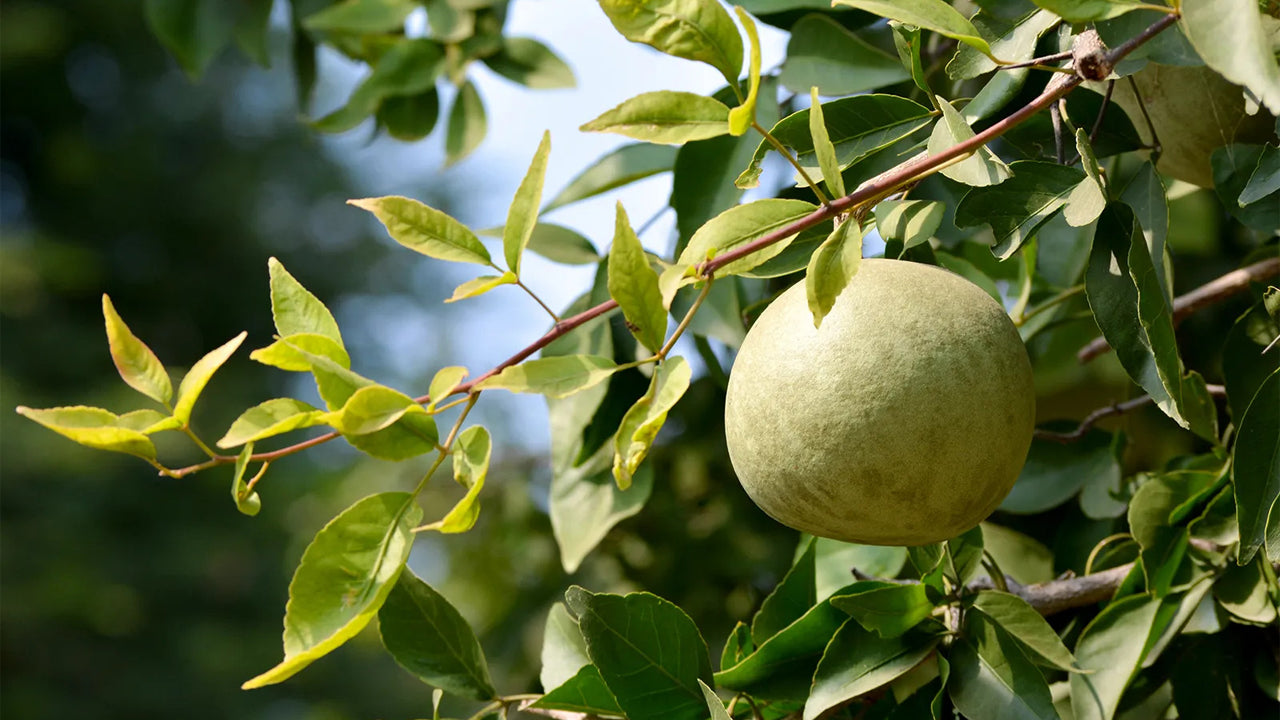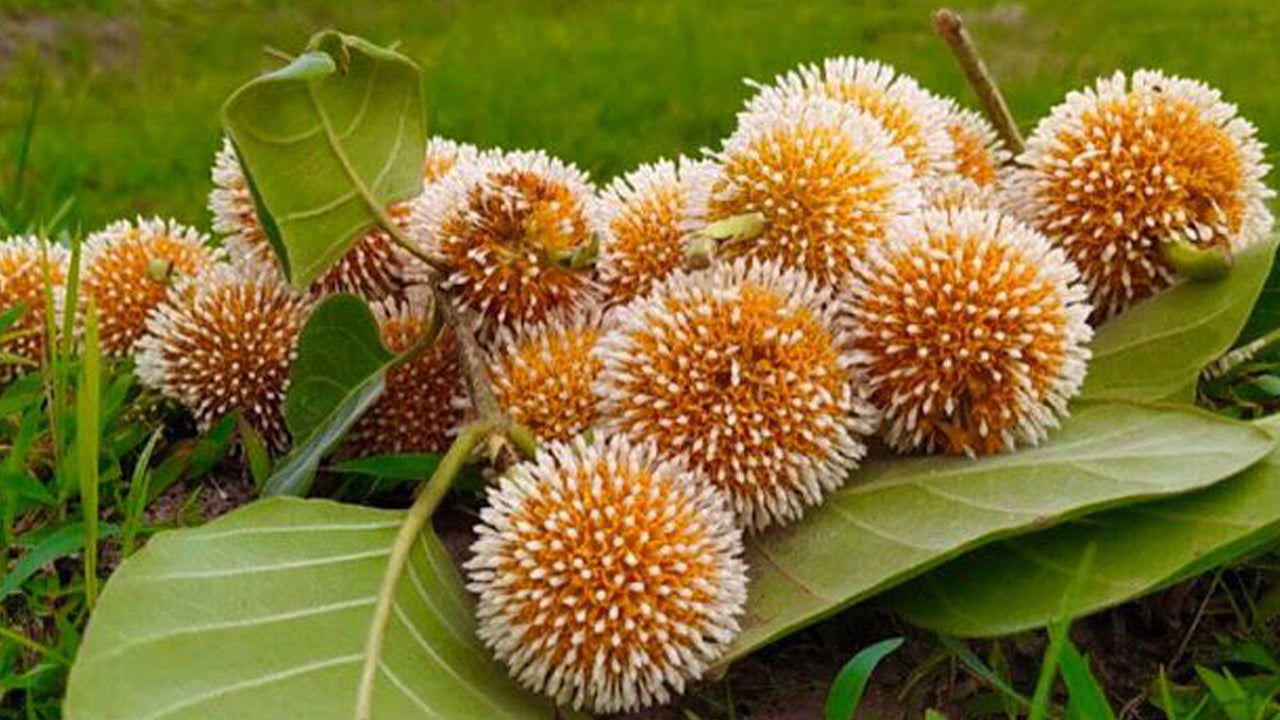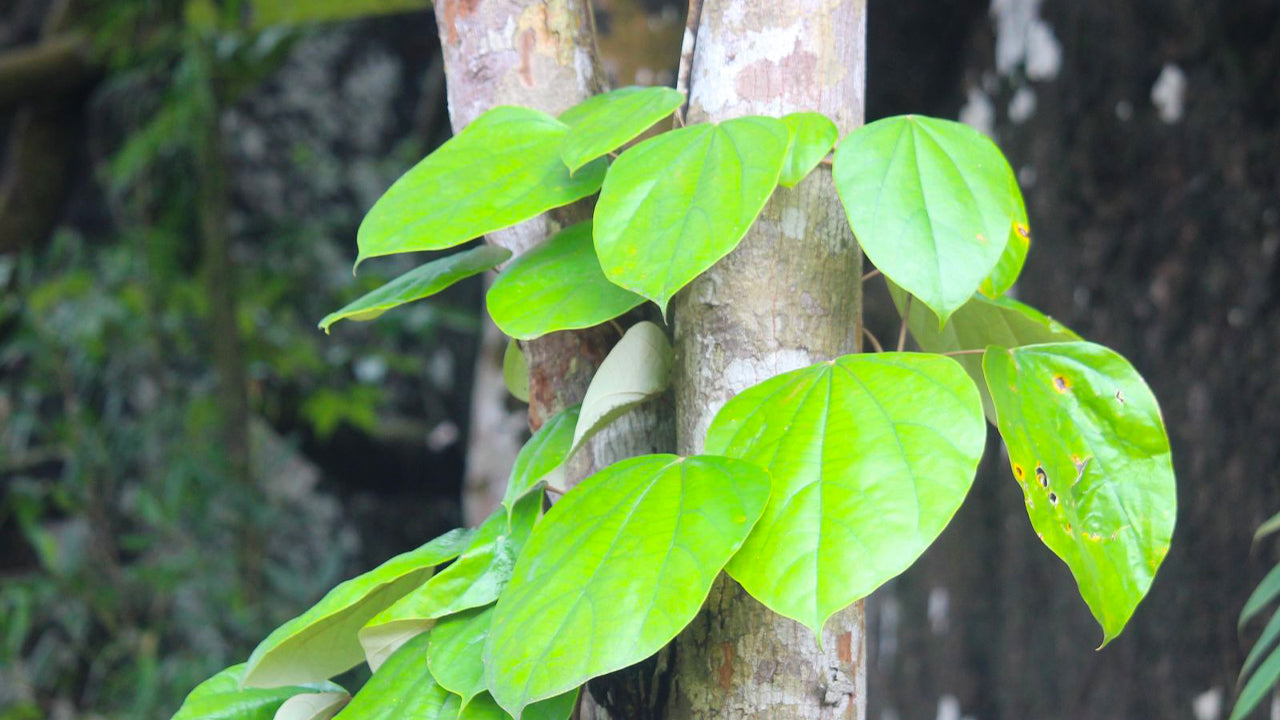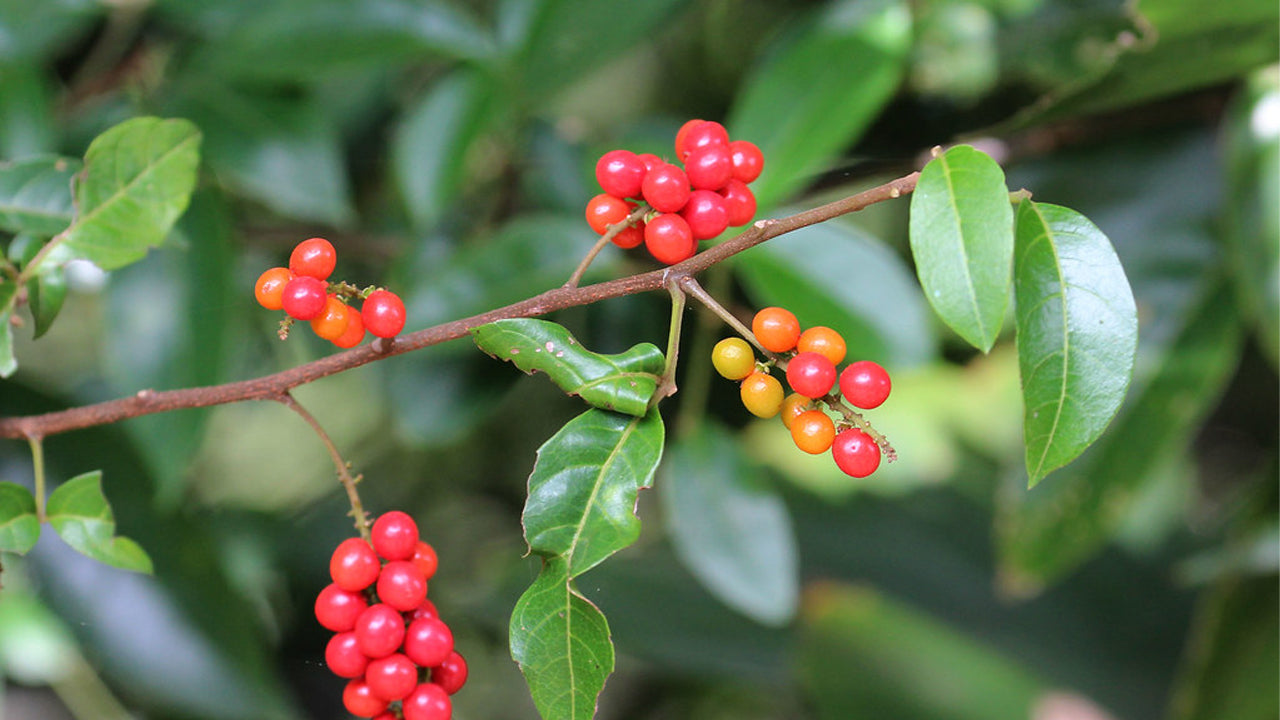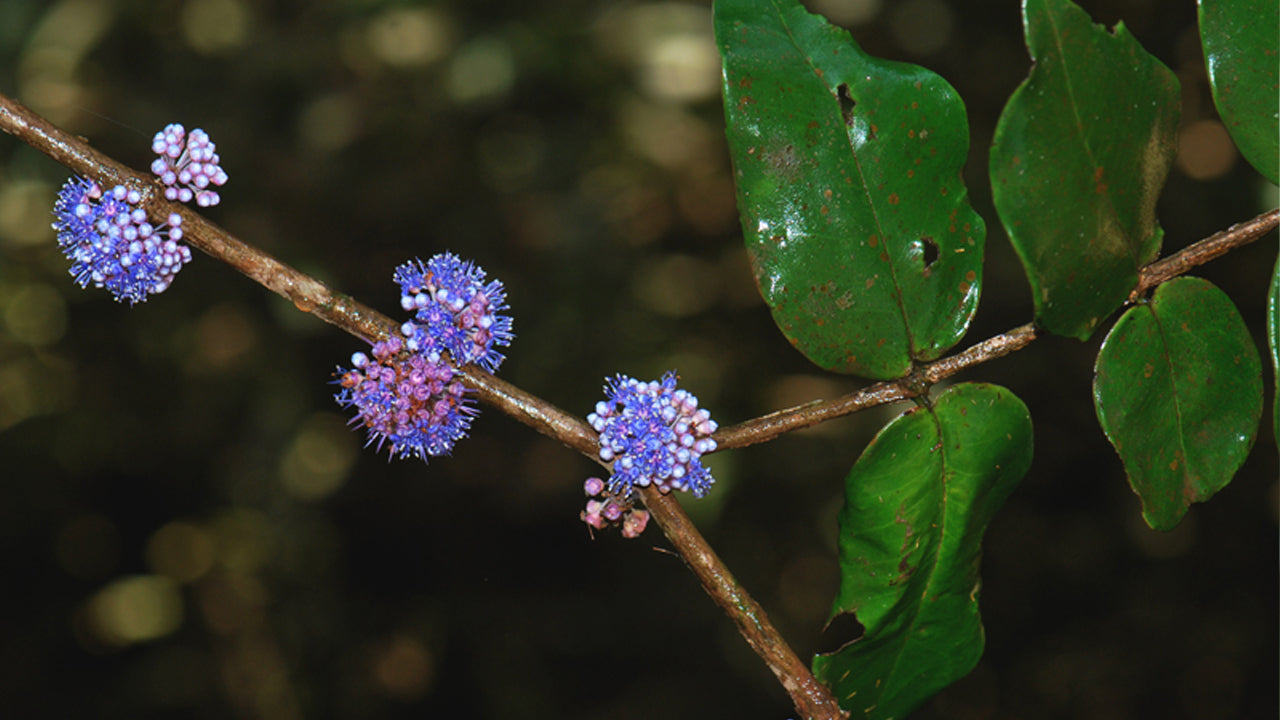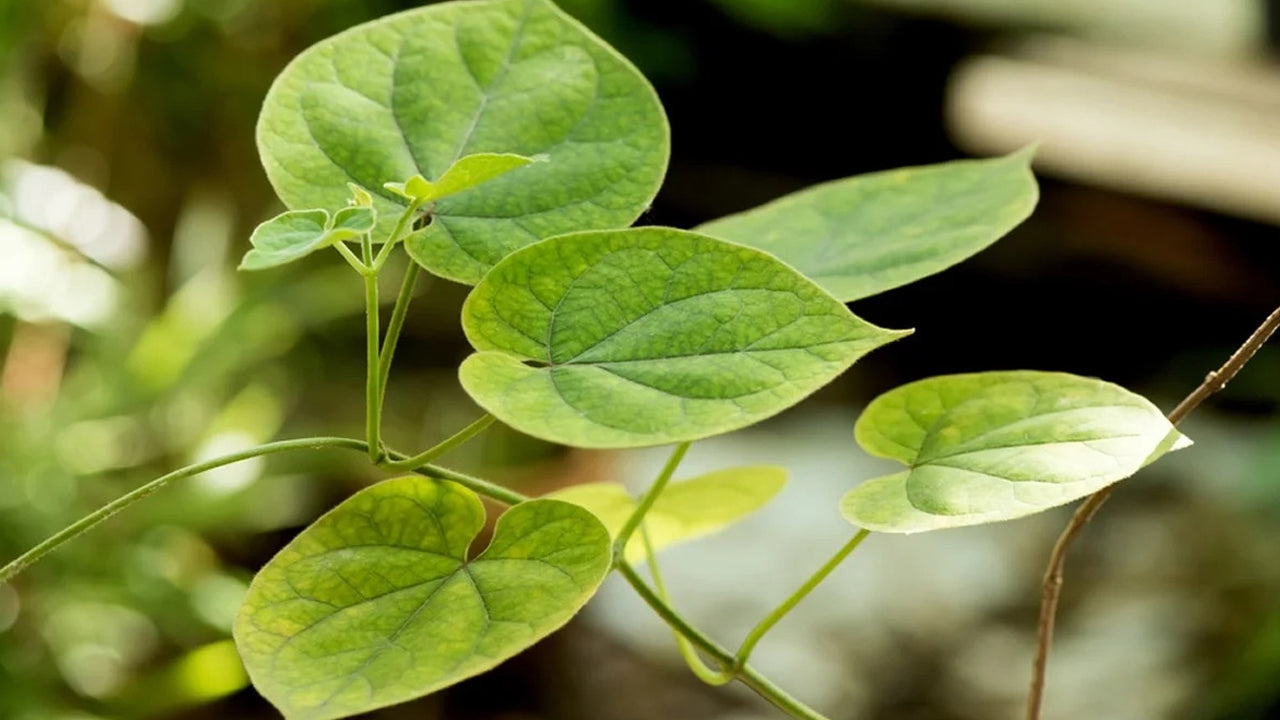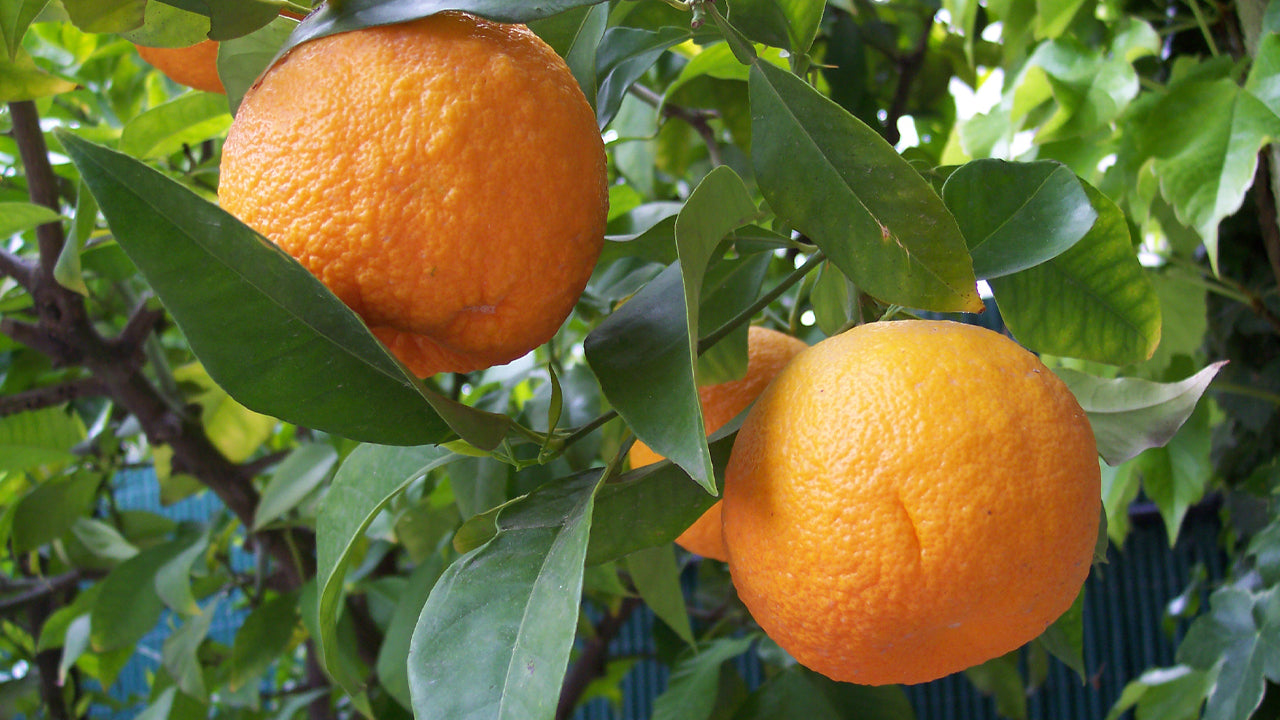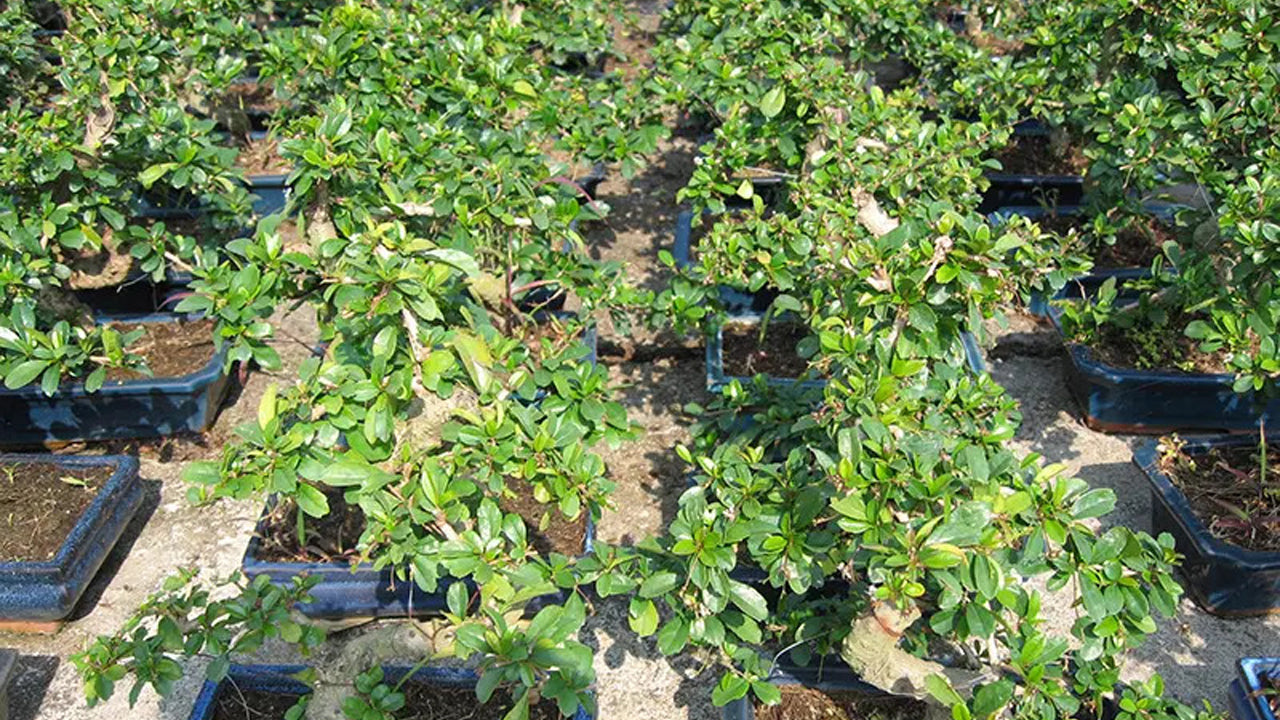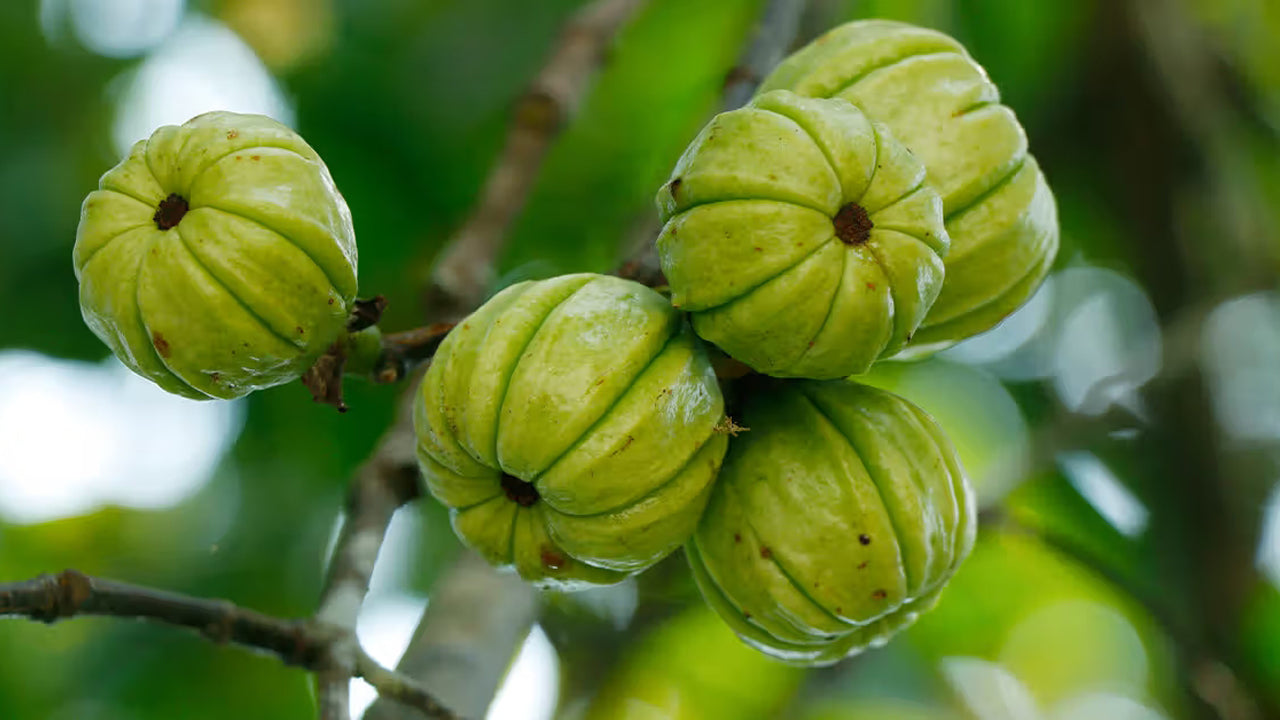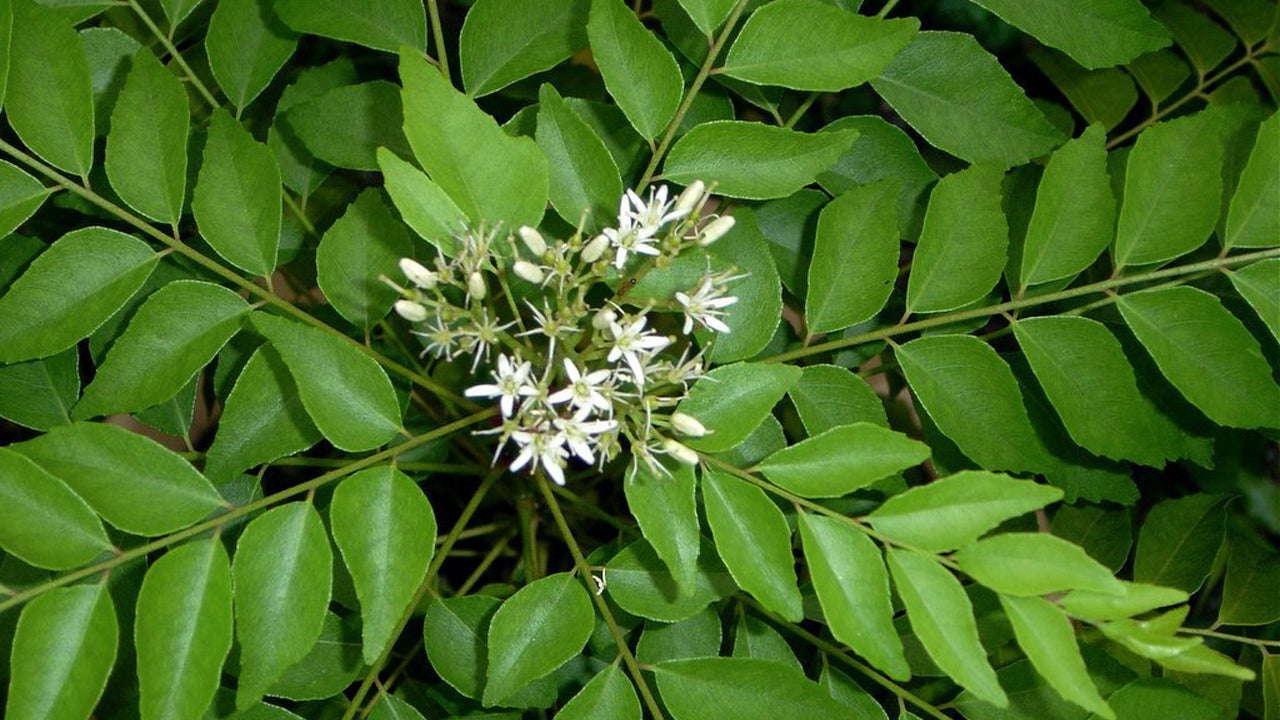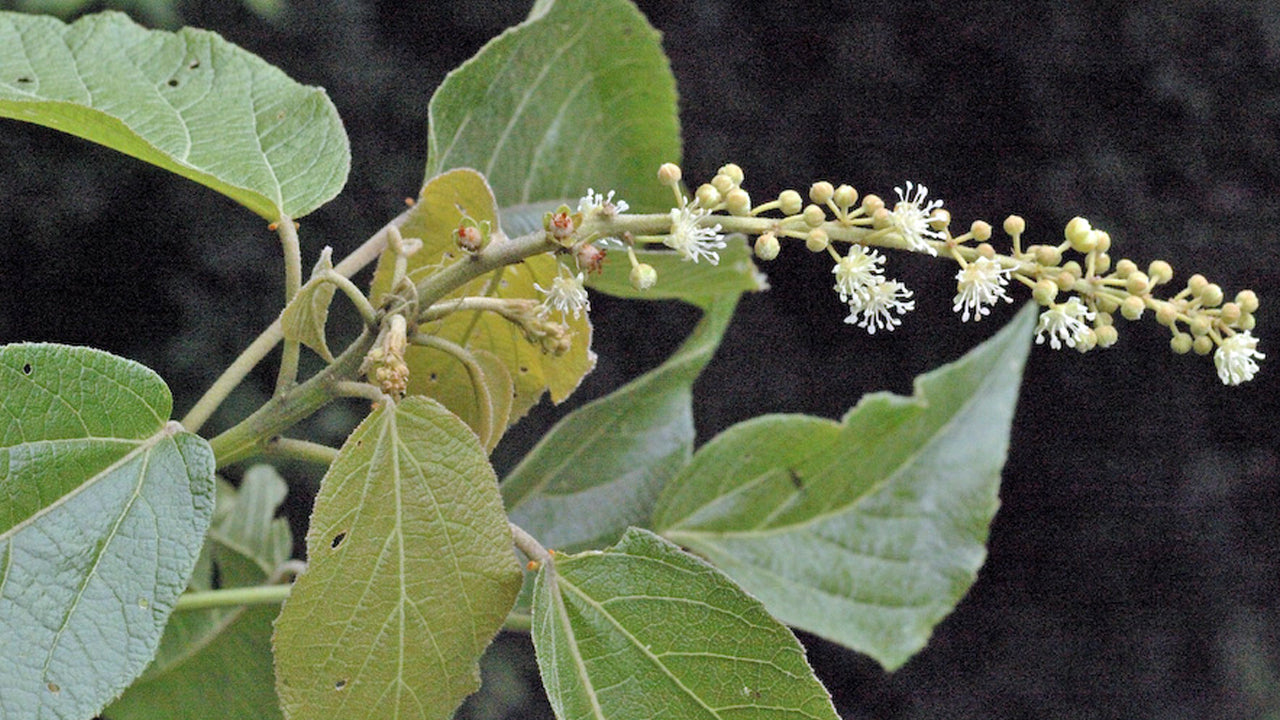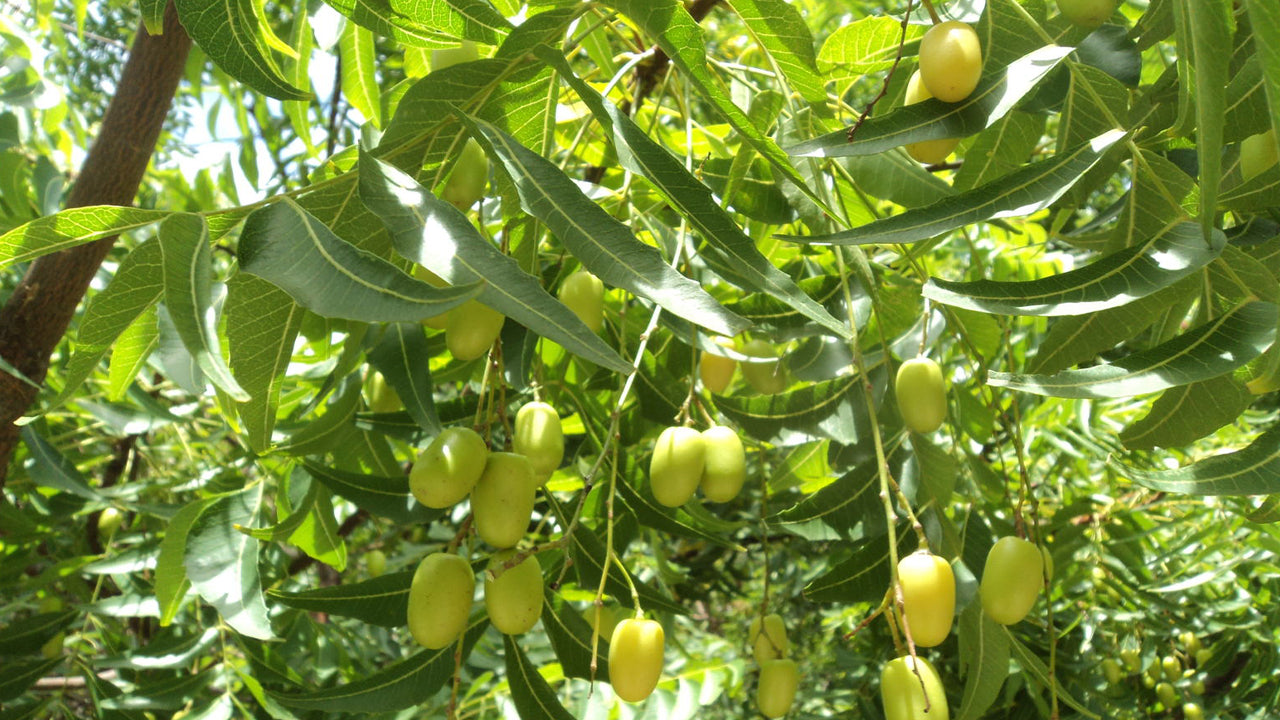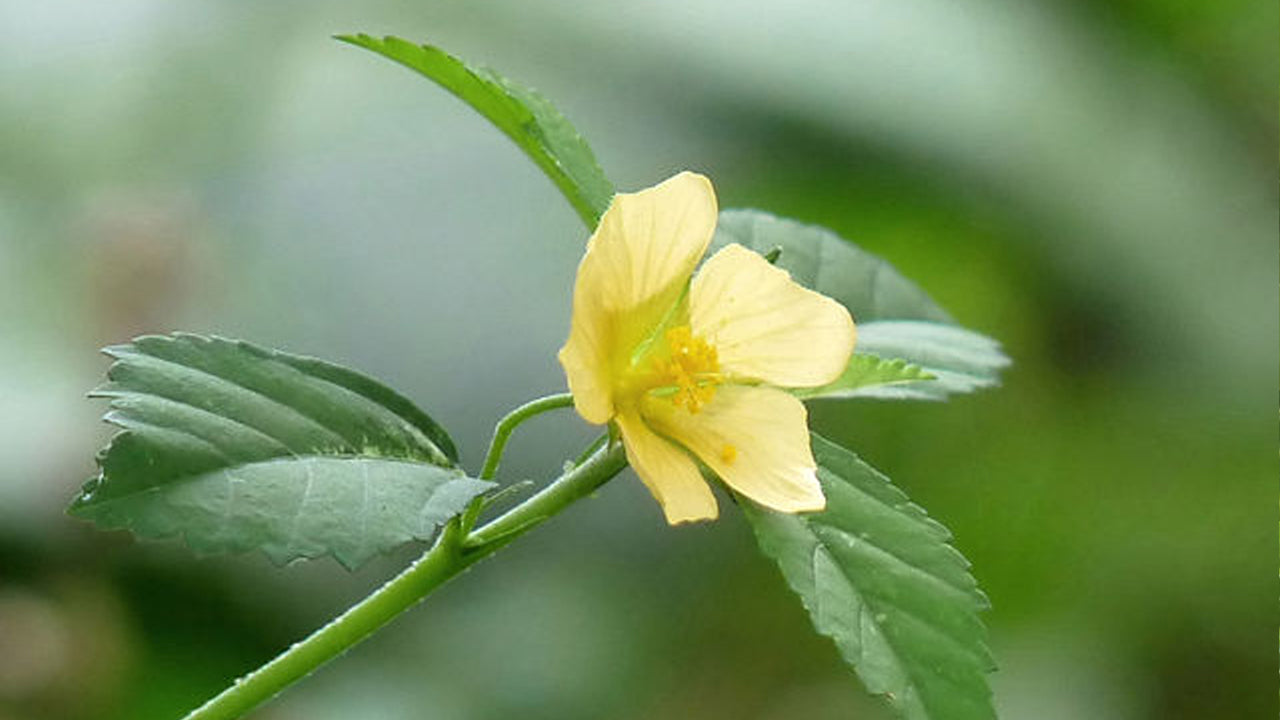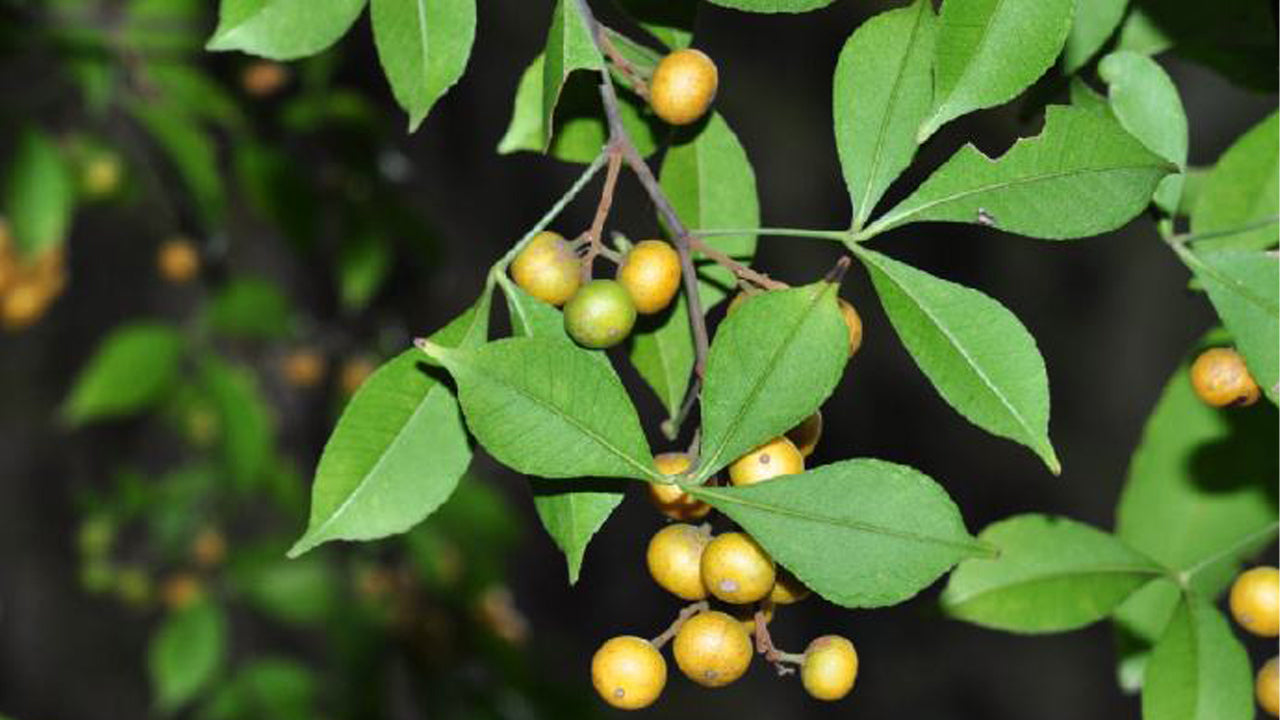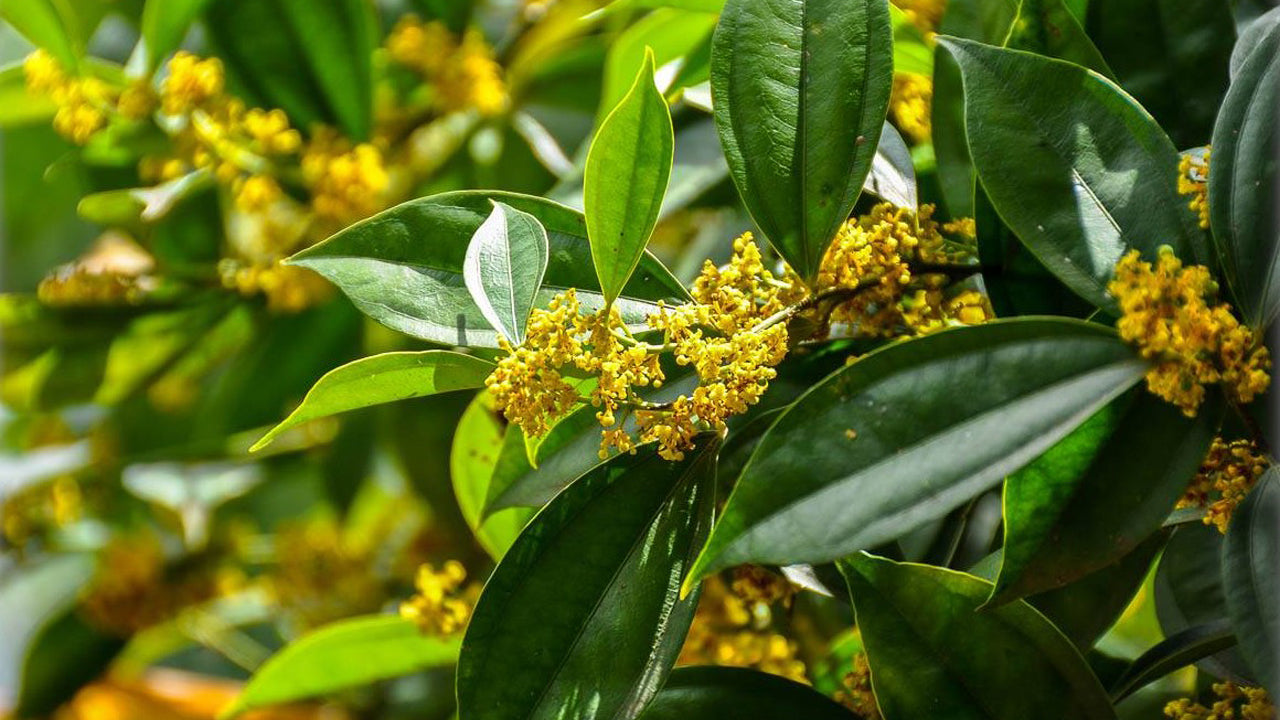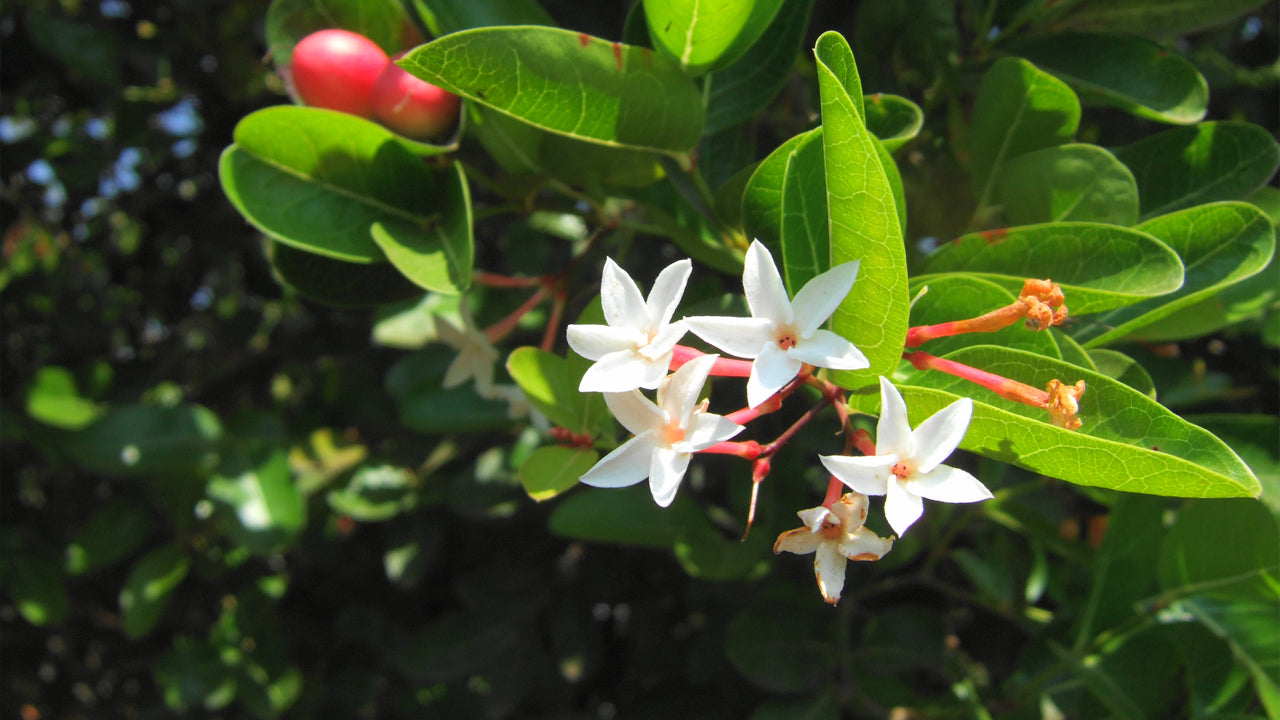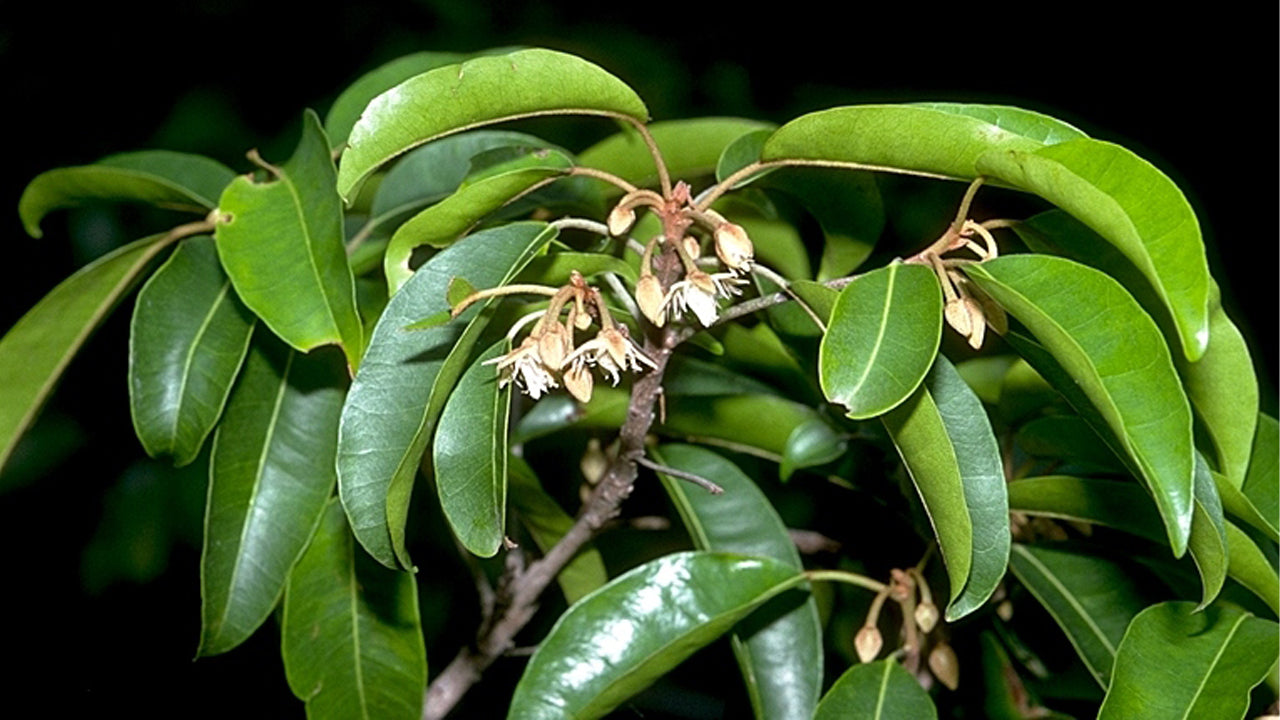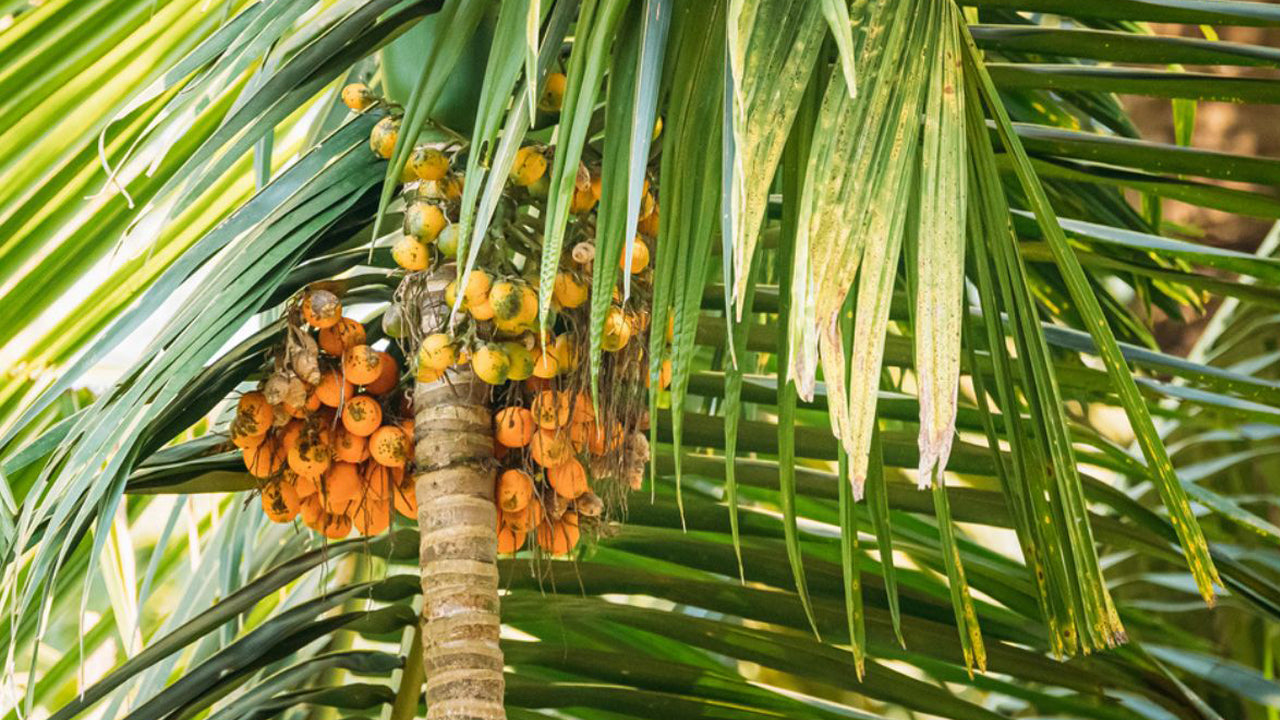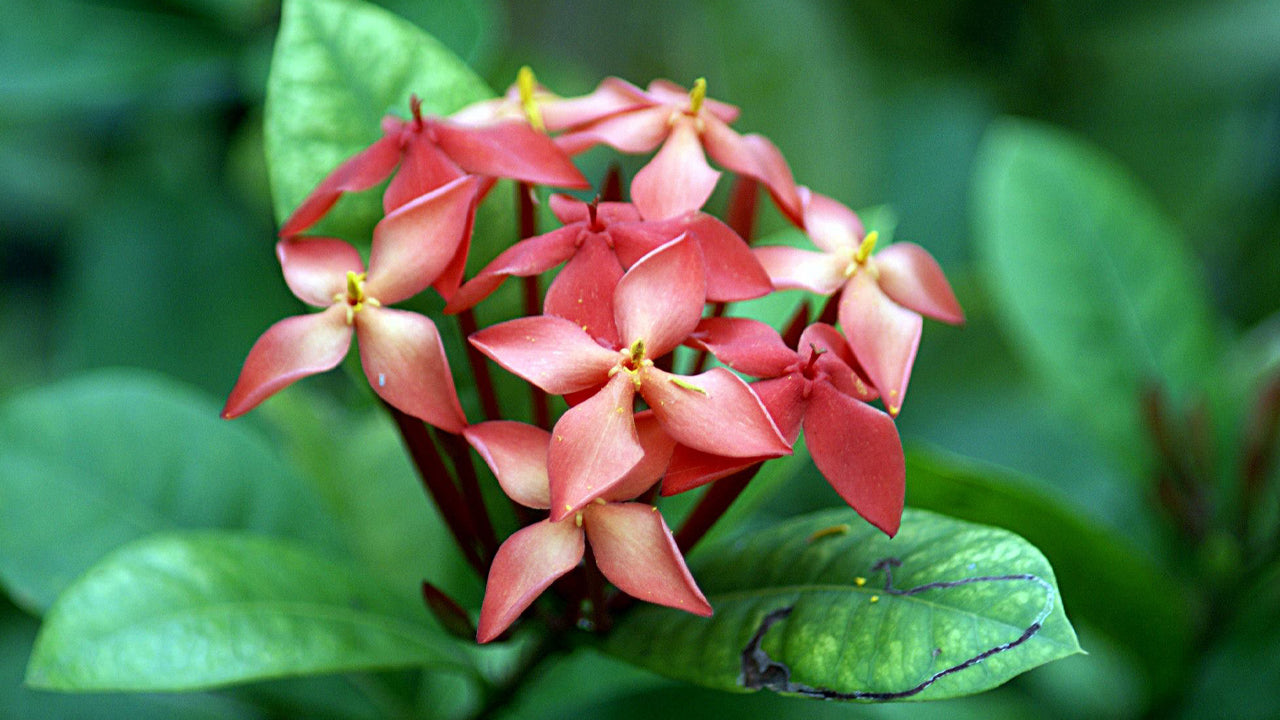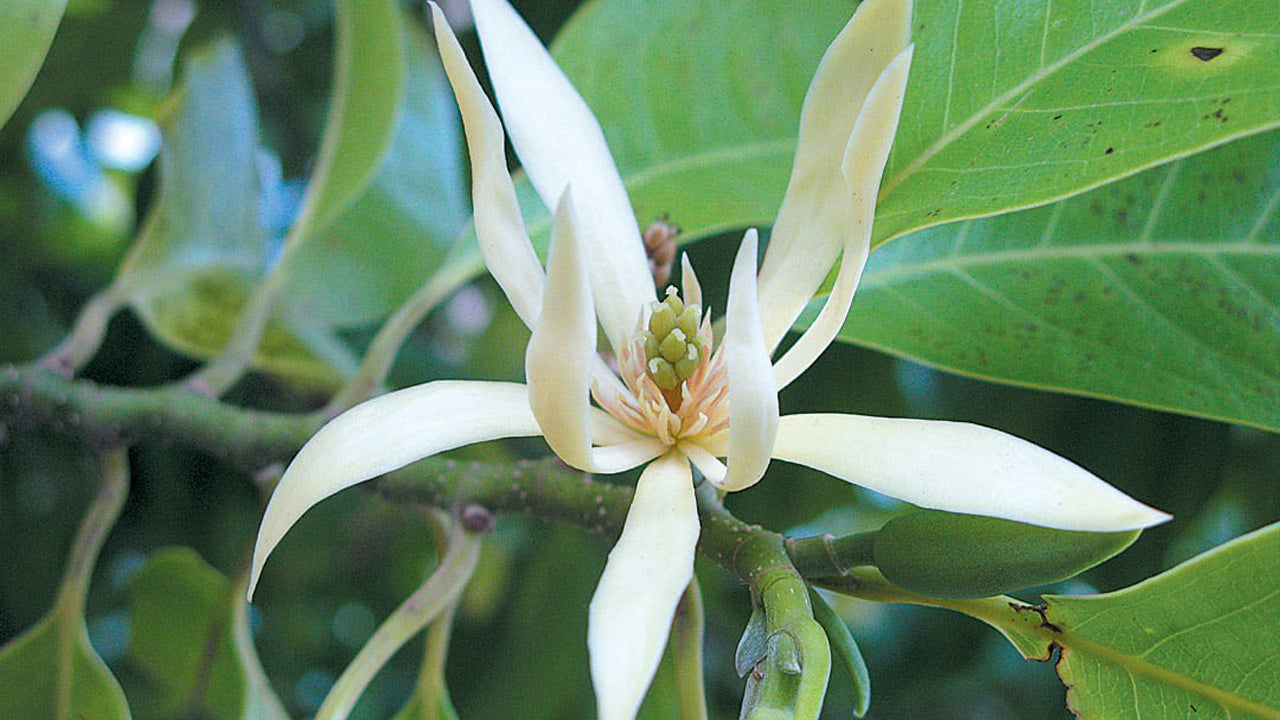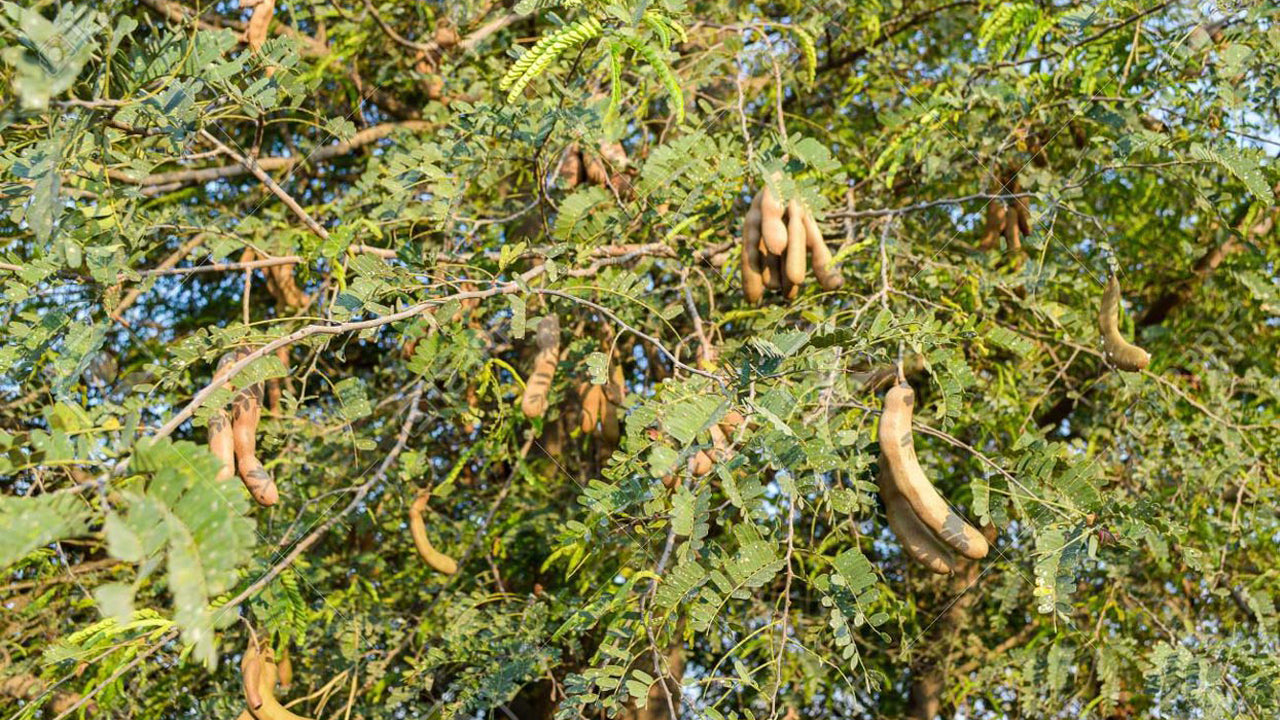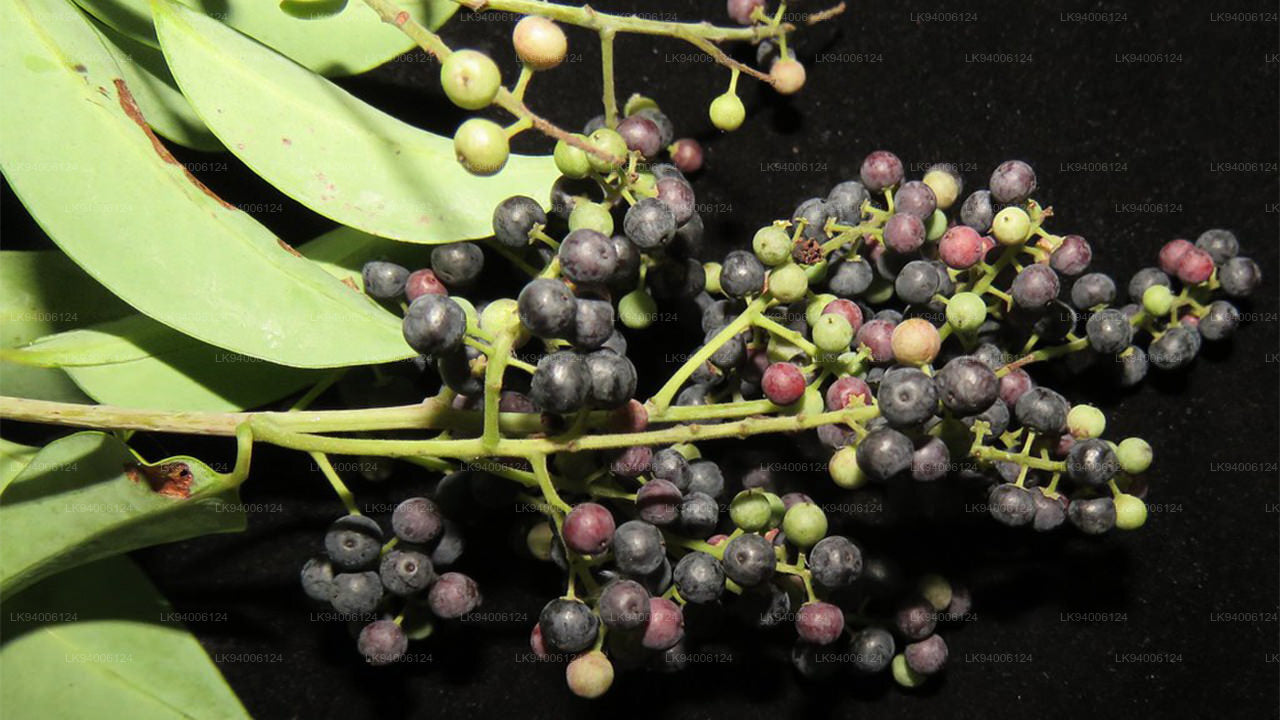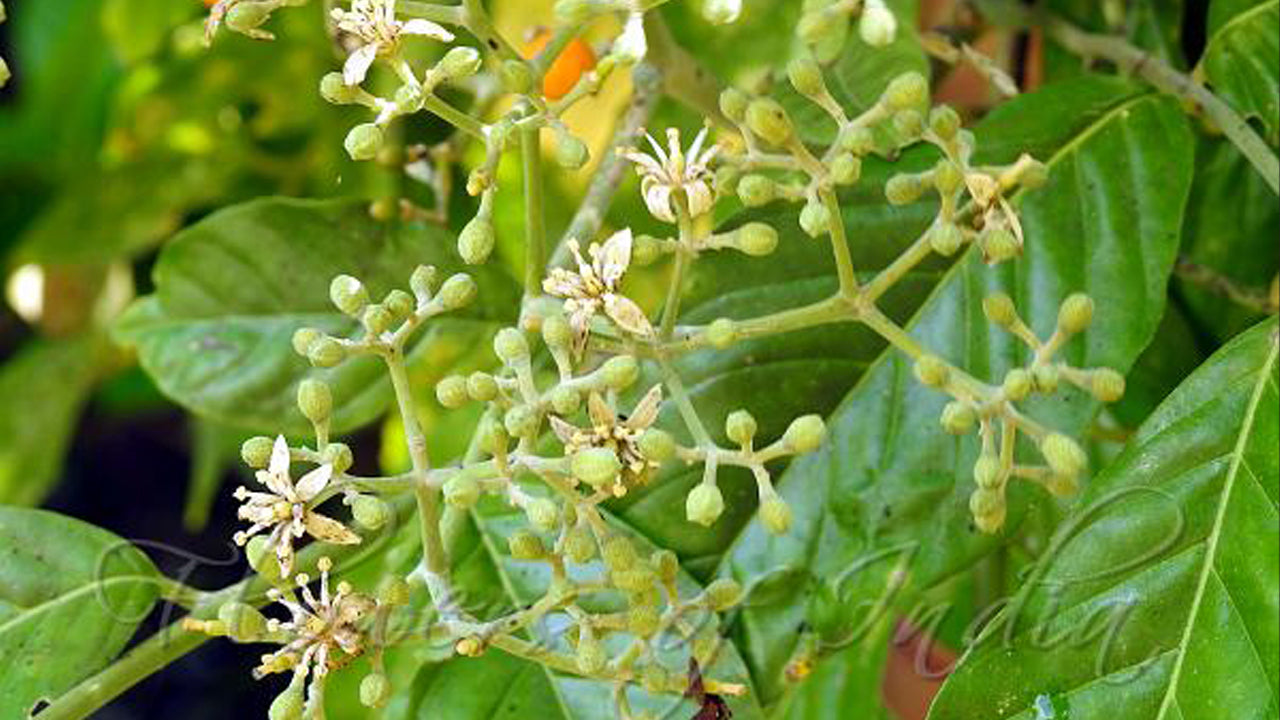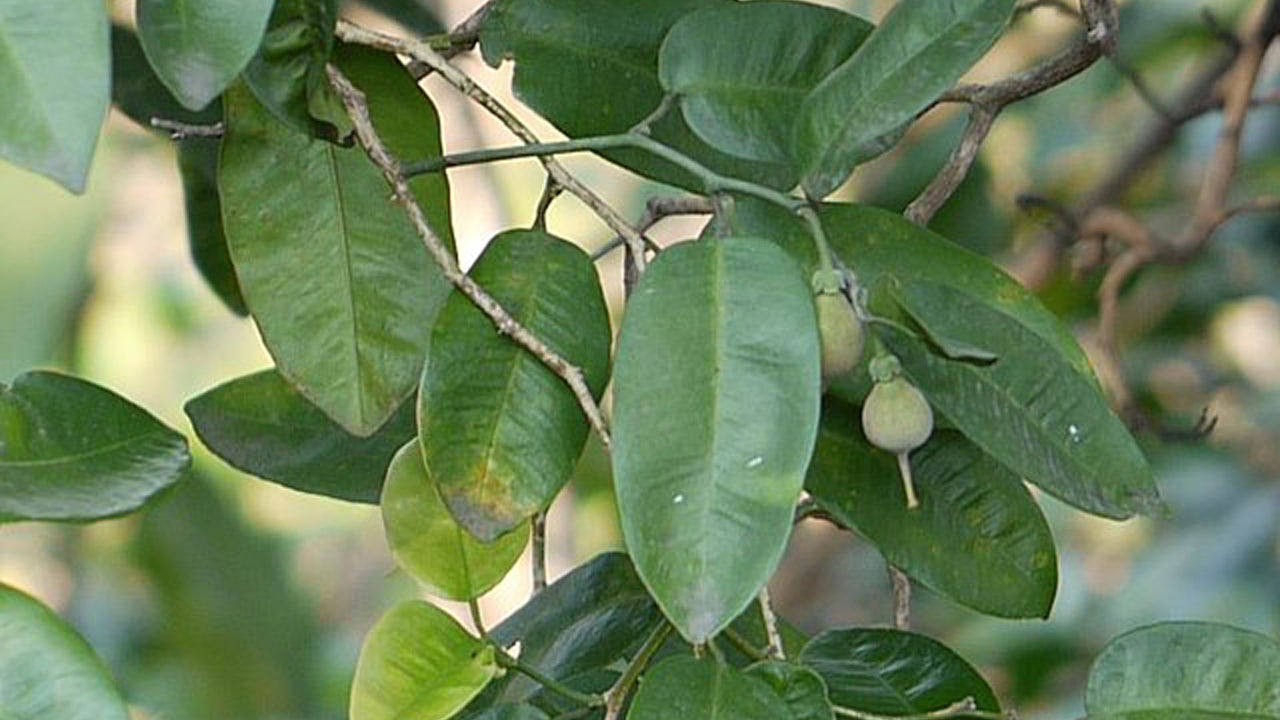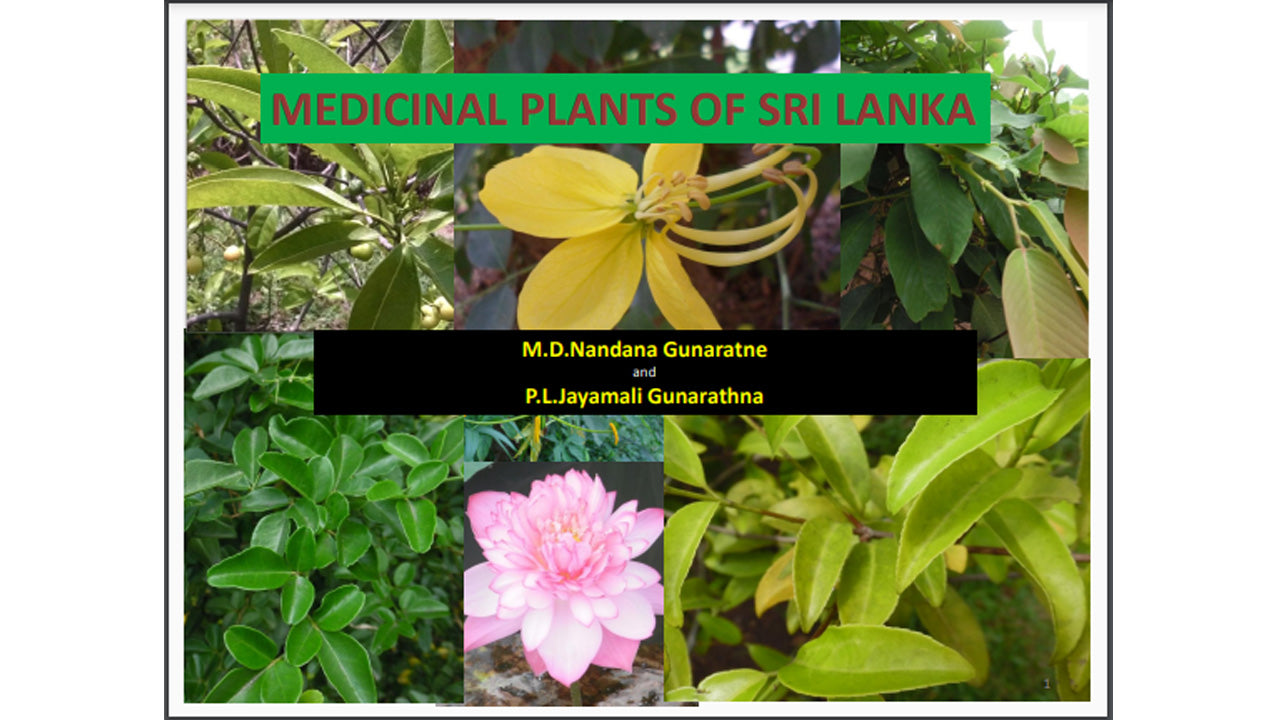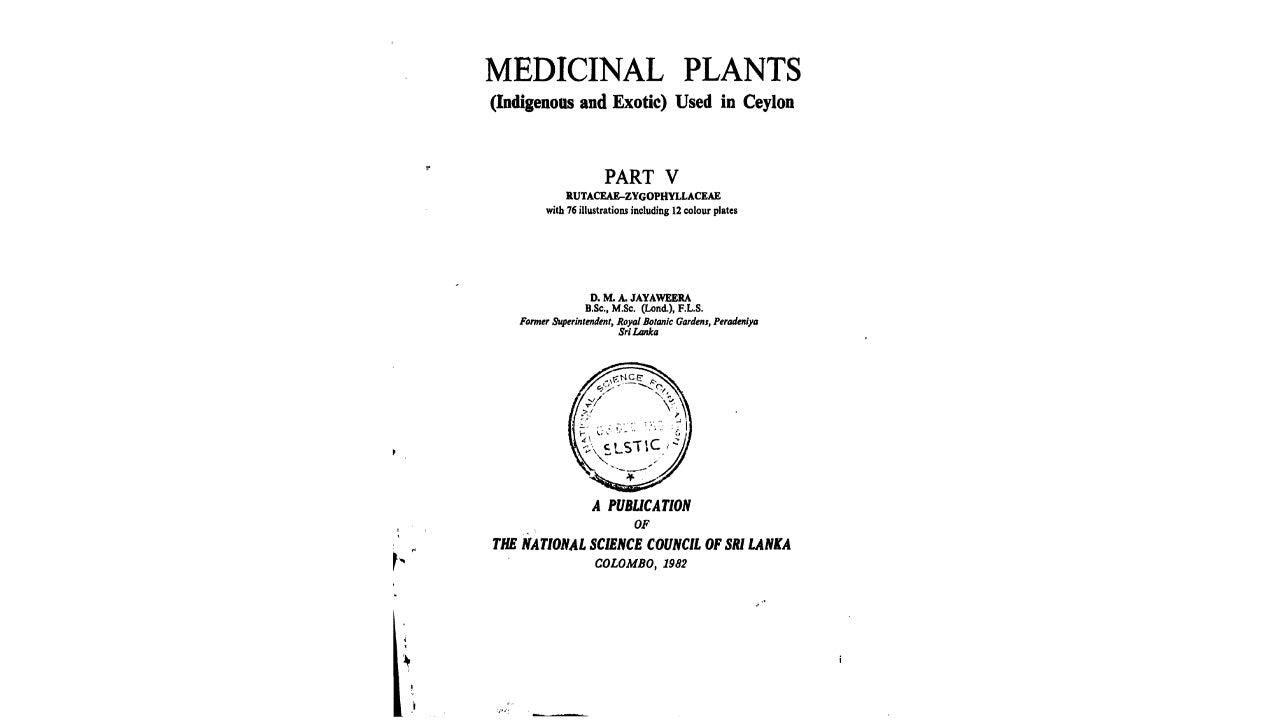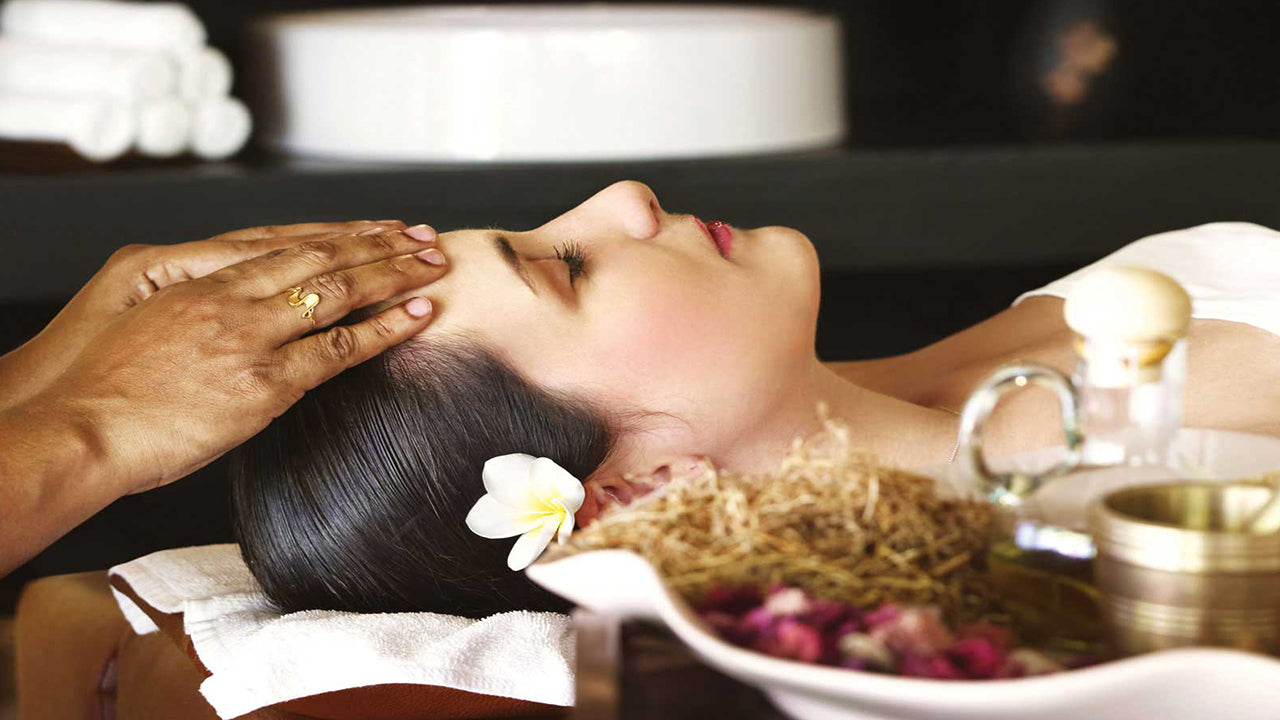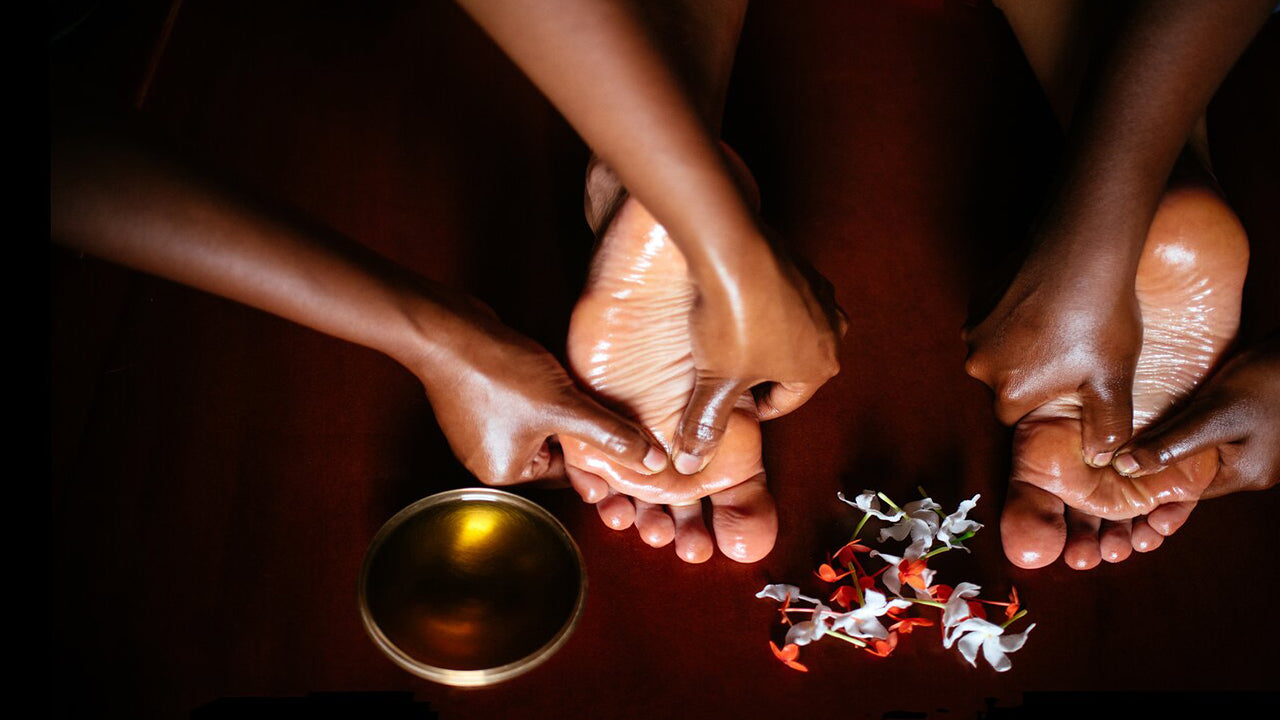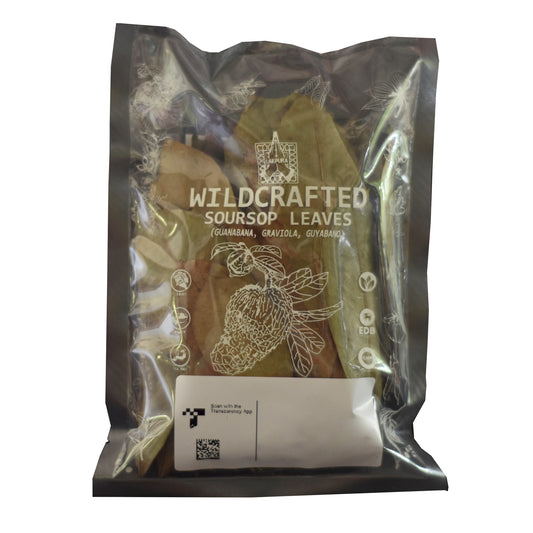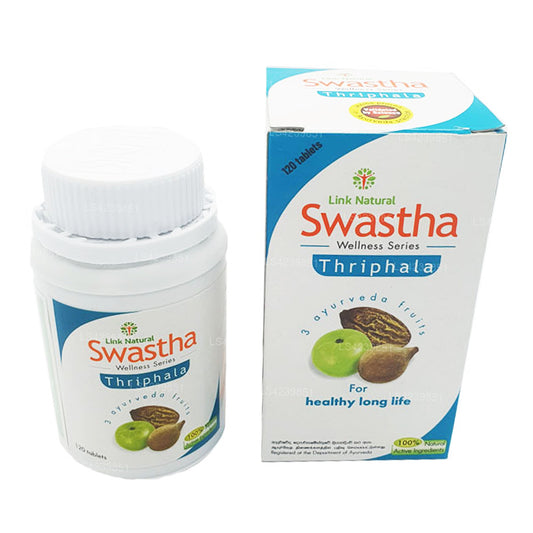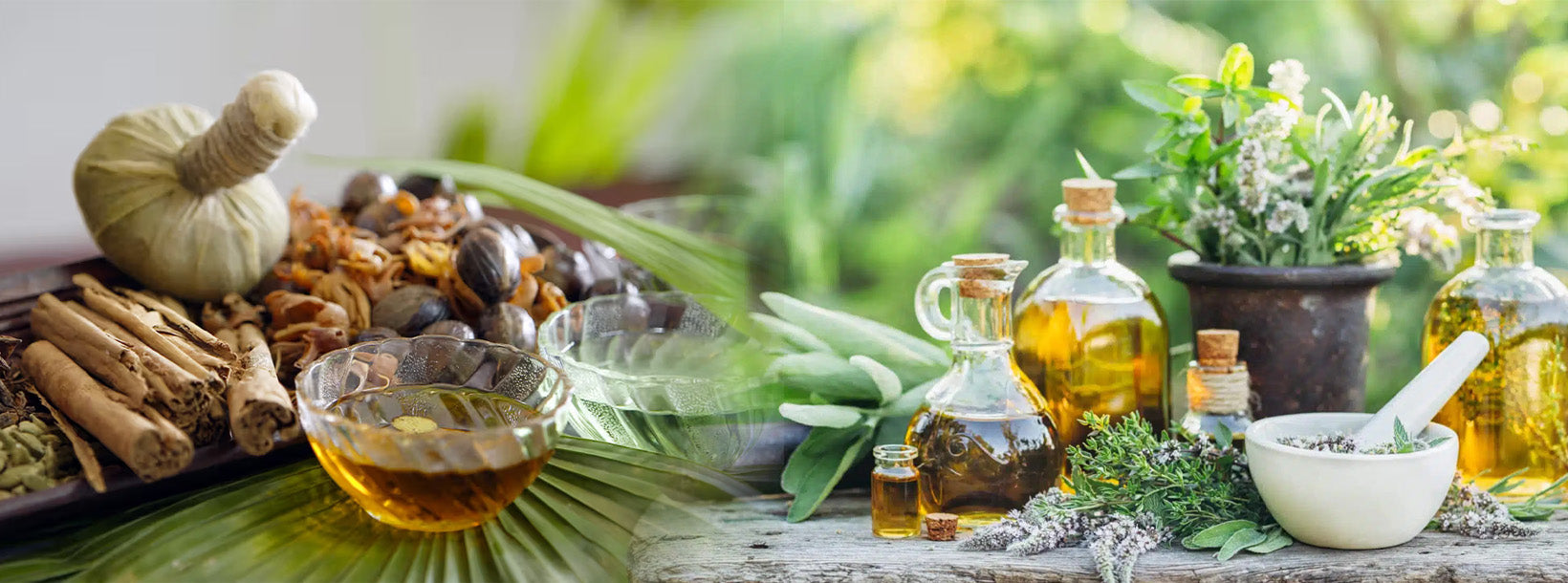
Ayurvedic Medicinal Plants
Sri Lanka's Ayurvedic tradition features a rich variety of medicinal plants used for centuries. Sri Lanka has a rich tradition of Ayurvedic medicine, drawing on its indigenous knowledge and a variety of medicinal plants. Here are some notable Ayurvedic medicinal plants found in Sri Lanka:
Nymphaea pubescens
Nymphaea pubescens, commonly known as the hairy water lily or pink water lily, holds a special place in the natural and cultural landscape of Sri Lanka. Locally referred to as "Nelum" (නෙලුම්), this aquatic flowering plant belongs to the Nymphaeaceae family and is often found in shallow lakes, ponds, and slow-moving streams throughout the island's lowland wet and intermediate zones.
Botanical and Ecological Significance
Nymphaea pubescens is a perennial aquatic herb characterized by its floating leaves and striking, fragrant flowers that bloom in various shades, typically pink or white. The "pubescens" in its name refers to the fine hairs that cover the undersides of its leaves and parts of the flower stalks.
In Sri Lanka’s ecosystems, this species contributes significantly to aquatic biodiversity. Its presence supports aquatic invertebrates, provides shelter for small fish, and helps stabilize sediment in freshwater bodies. The plant prefers calm, nutrient-rich waters, making it a common sight in man-made tanks (reservoirs) and rural paddy fields.
Cultural Importance
In Sri Lanka, water lilies are deeply ingrained in the island's Buddhist and cultural traditions. While the white lotus (Nelumbo nucifera) is more prominently associated with purity and spiritual awakening in Buddhist iconography, pink water lilies such as Nymphaea pubescens are also used in temple offerings and ceremonial displays.
In Sinhala poetry and folklore, water lilies symbolize beauty, serenity, and the transient nature of life. The aesthetic appeal of the Nelum flower has also inspired various forms of art, from traditional painting to modern design motifs.
Conservation and Threats
Despite its resilience, Nymphaea pubescens faces localized threats due to the pollution of water bodies, encroachment of wetlands for development, and changes in agricultural water use. The spread of invasive aquatic plants such as Salvinia molesta and Eichhornia crassipes (water hyacinth) further competes with native species like Nymphaea pubescens.
Sri Lanka’s growing awareness of wetland conservation, supported by agencies such as the Central Environmental Authority and various local NGOs, has led to increased interest in preserving aquatic flora, including native lilies. Programs involving wetland restoration and education about indigenous plant species are vital in protecting such ecologically important plants.
Ayurvedic and Herbal
-
Siddhalepa Ayurveda Herbal Balm
Regular price From $0.32 USDRegular price$0.38 USDSale price From $0.32 USDSale -
Lakpura Wildcrafted Soursop (Guanabana, Graviola, Guyabano) Dehydrated Leaves Whole
Regular price From $1.32 USDRegular price$1.57 USDSale price From $1.32 USDSale -
Link Swastha Triphala
Regular price From $1.90 USDRegular price$2.25 USDSale price From $1.90 USDSale -
Sethsuwa Pranajeewa Oil
Regular price From $3.20 USDRegular price$3.80 USDSale price From $3.20 USDSale

